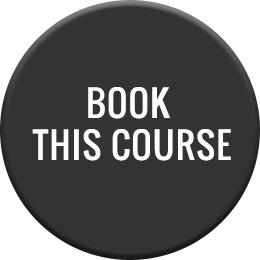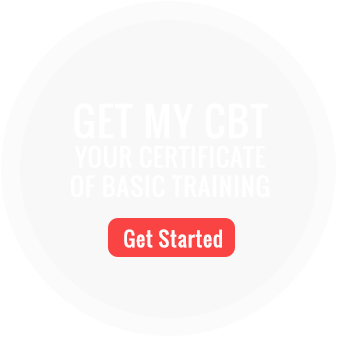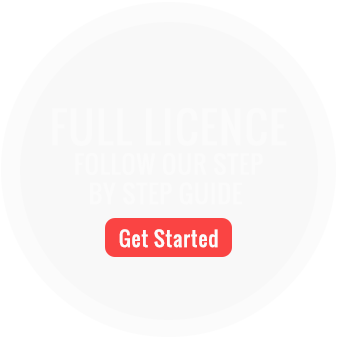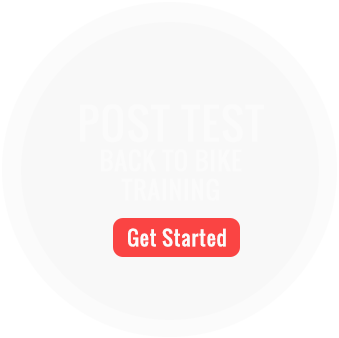Mod 1 Training Session
Explanation of your Mod 1 Training Session
This course will provide the training you will need in order to pass the Module 1 test. For many students it may be their first experience of riding a larger motorcycle (typically 500 or 600cc depending on your age). The training is in two parts; firstly to get you used to the different handling and performance of a larger bike, and secondly to cover the training needed for the Module 1 Motorcycle Test.
The session lasts 3.5 hours and costs £149.00 including bike hire.
A typical course will consist of carrying out the slow manoeuvres – slalom, figure of 8, slow riding and U-turn in the training area. This is then followed by the faster manoeuvres – the controlled stop, emergency stop and avoidance (swerve). Time permitting your instructor will then conduct a mock test; the dimensions at our training sites are the same as at the DVSA test centres.
For most people one 3.5 hour session is enough to prepare them for the Module 1 test – the pass rate for 2023 is 74%. If, however, you need a bit more practice then we have two contingencies for this; do a bit of extra practice on the morning of Mod 1 Test Session prior to the Module 1 test, or rebook another Mod 1 Training Session.
In order to take this course you must have a valid CBT certificate (and ideally have done your Motorcycle Theory Test). We also expect you to be reasonably competent in riding a geared motorcycle so that getting onto a larger motorcycle is not too much of an issue. If you have only done the CBT and not really ridden on the road we would normally recommend doing a Roadrider first.
Things to bring with you:
- Your photocard UK driving licence.
- Your CBT certificate.
- Your Theory Test pass certificate – not required but recommended.
- Suitable clothing for riding a motorcycle: hard-wearing jeans (not thin cotton trousers, tracksuit bottoms or leggings); sturdy footwear (not flimsy plimsolls or lightweight fashion shoes) – ideally which provide some ankle protection, such as work boots, strong walking boots or similar; glasses or contact lenses if needed.
- Remember that you are going to be outside – so consider wearing layers if it is going to be cold.
- You are welcome to bring your own riding gear, although we can provide jackets, helmets, gloves, waterproof trousers and hi-viz bibs.





 Oxford: 01865 777 676
Oxford: 01865 777 676